The Solar Power Inverter series is designed with solar energy applications in mind. These cutting-edge inverters are made to effectively transform solar panels' DC (direct current) into AC (alternating current), supplying dependable and clean energy for use in homes, businesses, and industries. These inverters optimize energy output and guarantee smooth integration with the power grid thanks to features specifically designed for solar energy systems.
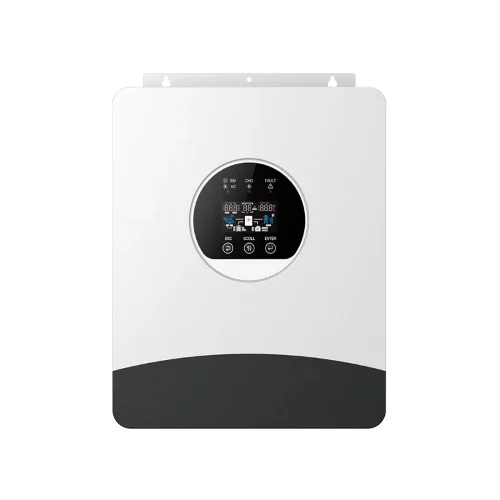
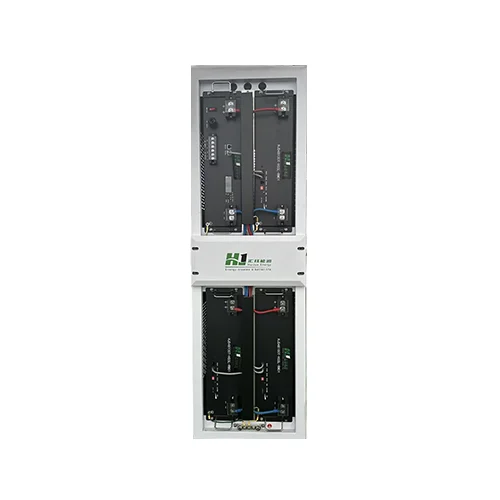
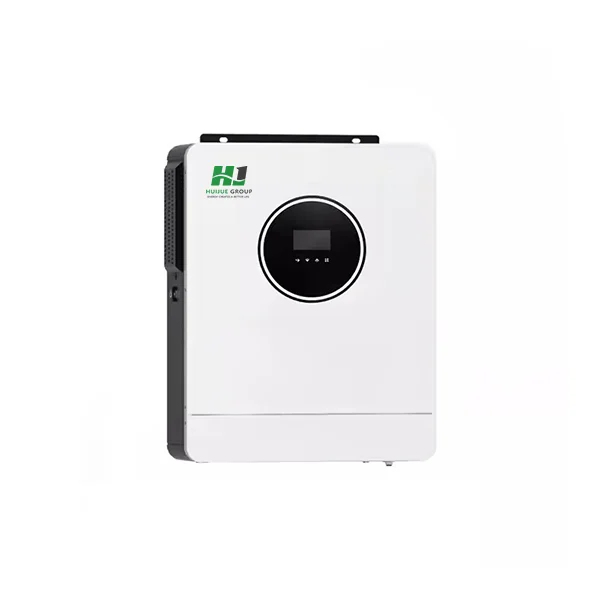
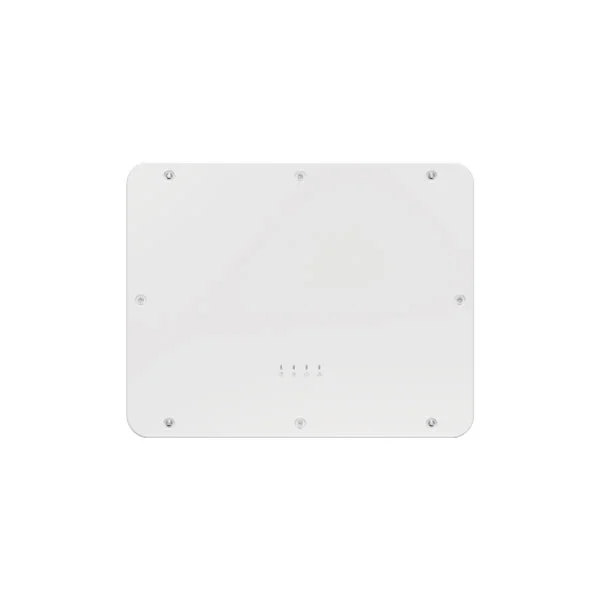
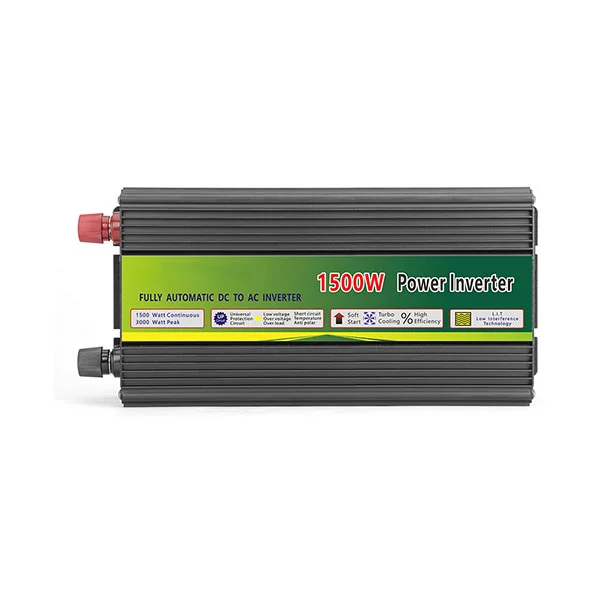
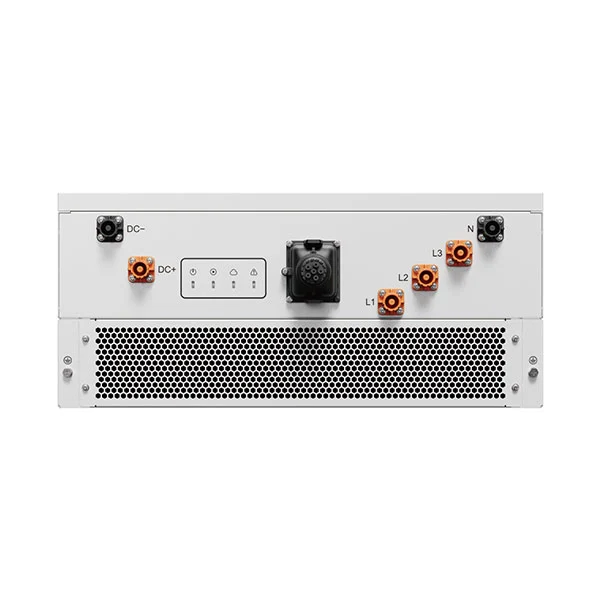
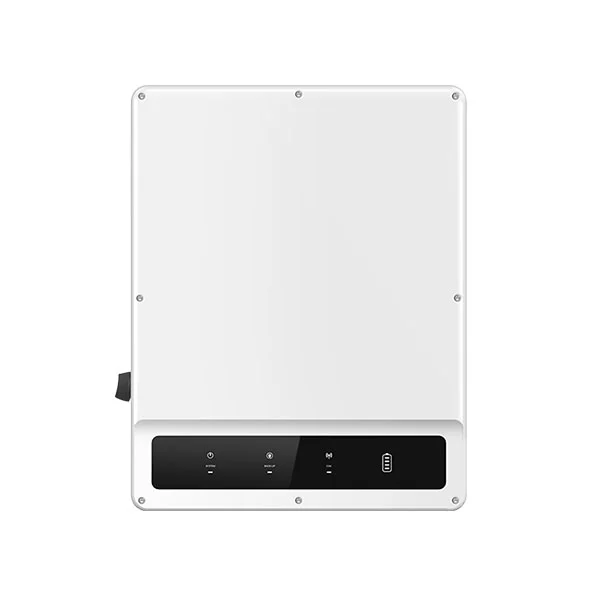
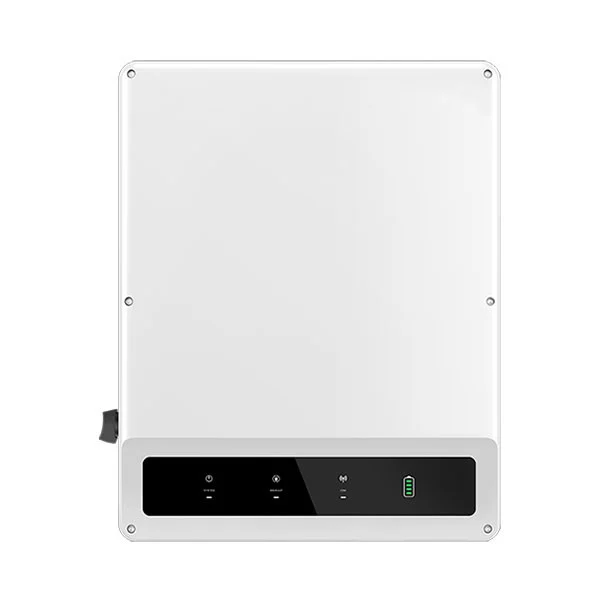
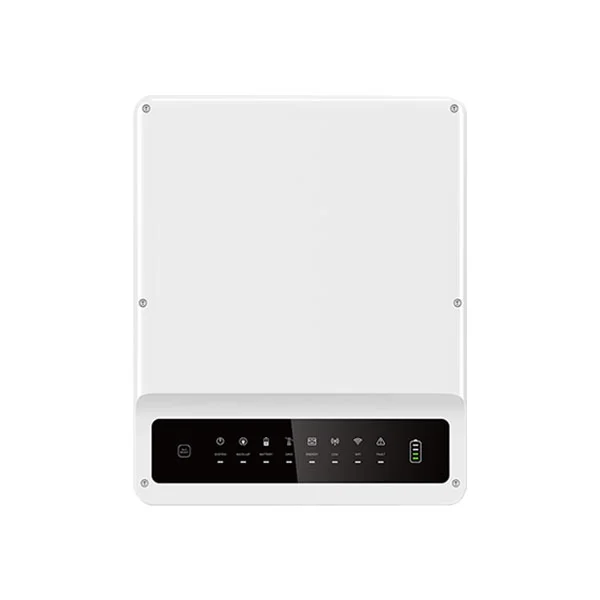
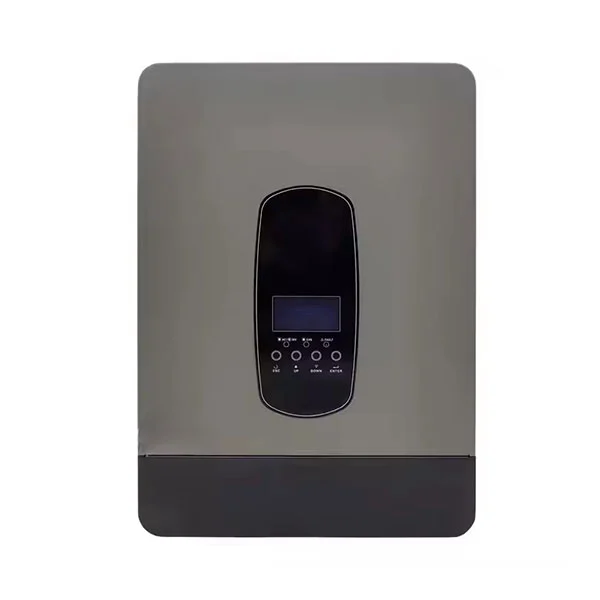
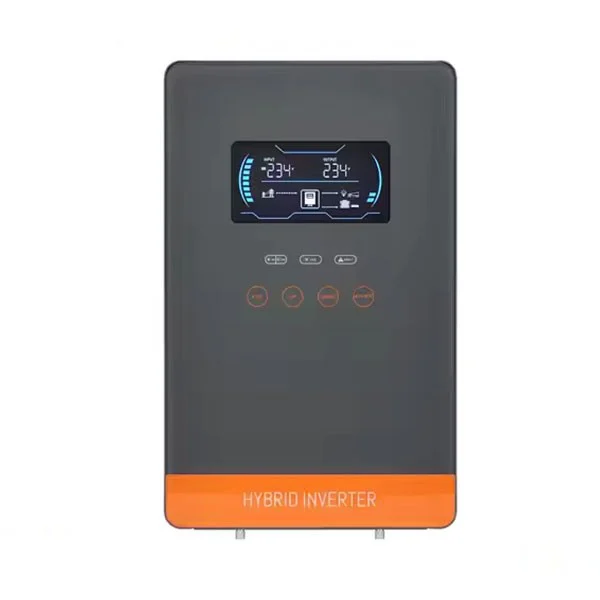
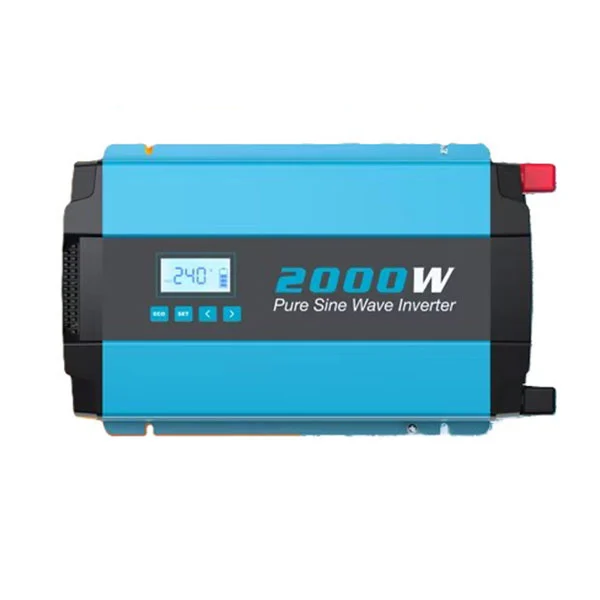
A Special Type of Power Inverter
This Solar Power Inverter belongs to a specialized category within the broader power inverter market. While it performs the same basic DC-to-AC conversion as traditional inverters, its design is optimized to handle the unique characteristics of solar energy systems, providing superior performance and efficiency.
Basic Power Inverter Functions
Just like any power inverter, the core functionality of this device is the conversion of DC to AC. This allows solar energy generated by solar panels to power electrical appliances, feed into the grid, or store energy for later use.
Solar-Specific Features
The Solar Power Inverter includes unique features for solar energy applications:
These are the fundamental functions of any power inverter:
The solar inverter includes advanced features designed for solar energy applications:
This Solar Power Inverter finds a wide field of applications in:
The Solar Power Inverter is specifically designed for solar energy systems:
Example Applications:
|
Feature |
Solar Power Inverter |
Traditional Power Inverter |
|
Primary Application |
Solar energy systems |
General DC to AC conversion |
|
Maximum Power Point Tracking (MPPT) |
Yes |
No |
|
Island Protection |
Yes |
No |
|
Grid Integration |
Yes |
No (except in specific applications) |
|
Environmental Adaptability |
High (extreme temperatures, humidity) |
Moderate (less environmental concern) |
|
Efficiency |
Very High (optimized for solar) |
Moderate (depends on input/output) |
|
Compatibility with Solar Panels |
Seamless integration |
No |
Huijue has a professional team with experience in designing power storage management systems for homes of all sizes and types of businesses and industries.
Huijue showed a keen interest in the storage technologies of solar and wind power and kept updating himself with new technological development, ensuring that we can provide the most efficient and cost-effective solutions to our customers.
Huijue has partnered with the leading lithium battery raw material suppliers, including CATL, BYD, Ganfeng, and other well-known brands, to provide customers with the highest-quality, most reliable lithium iron phosphate batteries on the market. Our solar energy storage systems are durable and come with an industry-leading 30-day money-back guarantee.
Huijue realizes different customers' different power consumption needs and provides the most appropriate service to fit their needs. All solutions are tailor-made under the requirements of clients and can resist super-long power supply cycles. The company makes a comprehensive energy audit and designs a customized energy storage system, tailor-made for each client's special needs within their budget.

Our customer service team is available to answer any questions or concerns and provide ongoing support throughout the lifecycle of the Inverter Li-ion Battery Solar Generator Kit Grid Tie Off-Grid Hybrid Solar Wind Energy Storage System.
Choosing solar and wind energy storage systems is not just about saving money on your electricity bill
it's about having a clean, blue planet for future generations.